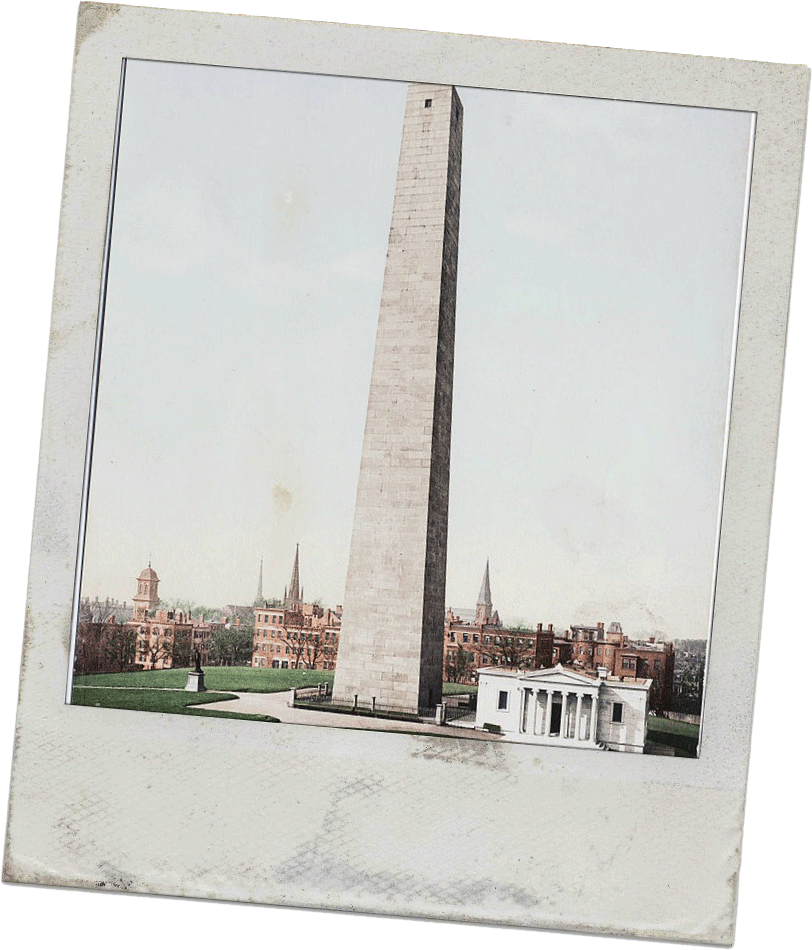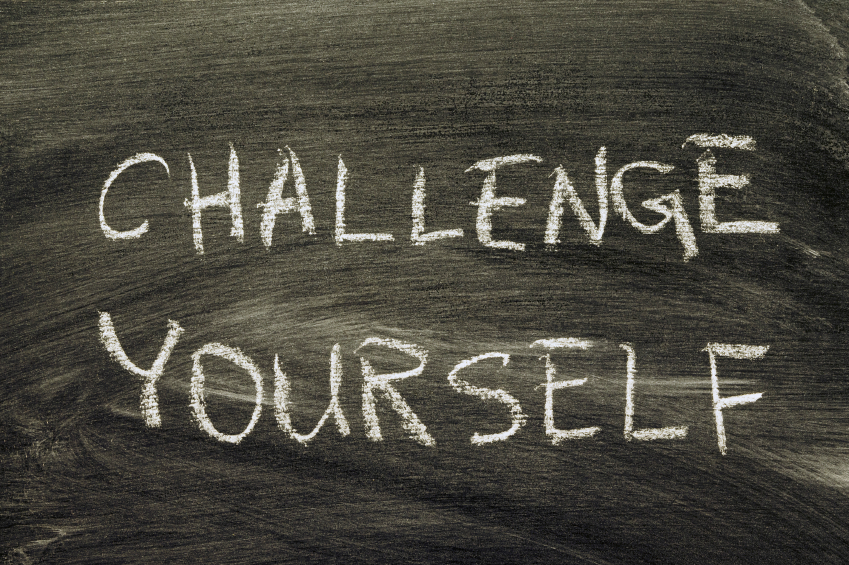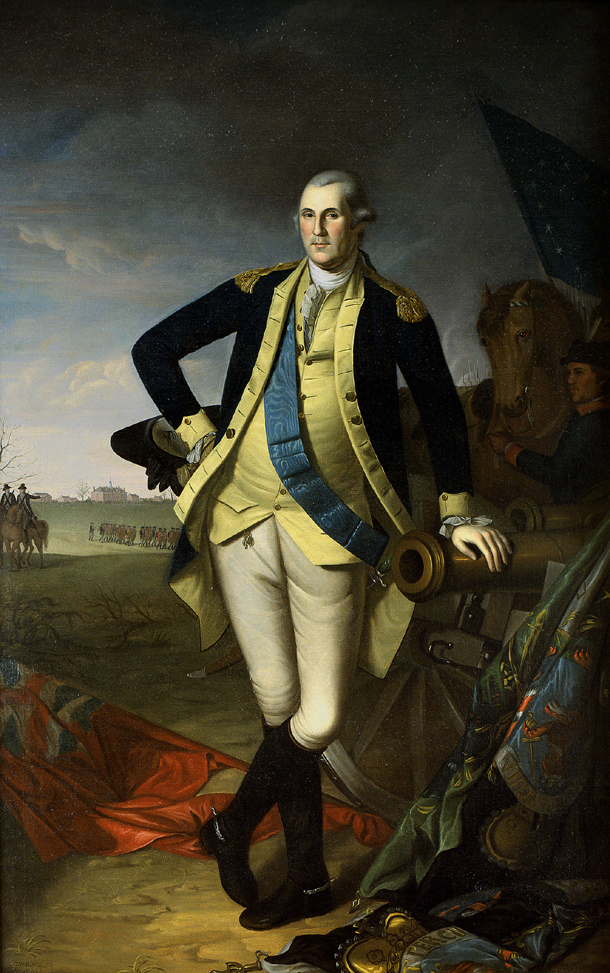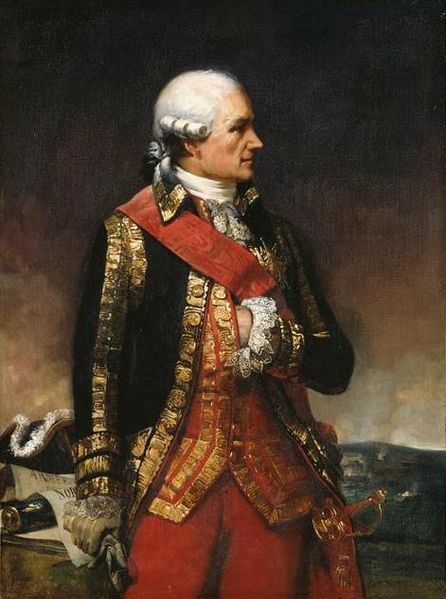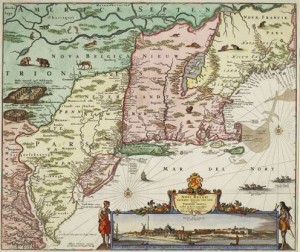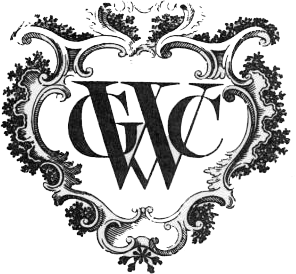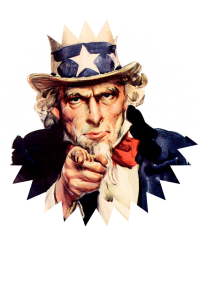 On May 29, 2014, I proposed the “Local List Challenge.”
The challenge asks you to stop procrastinating visits to local historical sites, museums, and annual events.
On May 29, 2014, I proposed the “Local List Challenge.”
The challenge asks you to stop procrastinating visits to local historical sites, museums, and annual events.
On June 7, 2014, I began my challenge and checked off 1 item from my local list: the Samuel Adams Brewery Tour.
In this post you will learn about the history of beer and the Samuel Adams Brewery tour in Jamaica Plain, Massachusetts.
Brief History of Boston Beer Company
Jim Koch hails from a family of brewers.
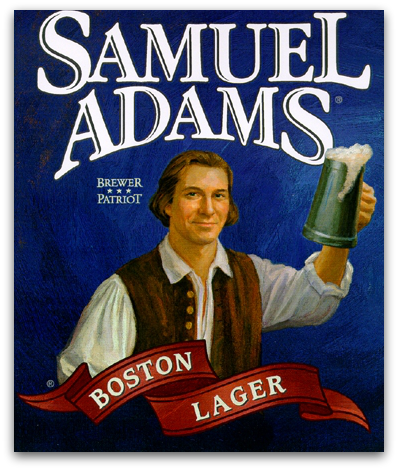 5 generations of Koch men had worked as brewers, but Jim thought he would be different. Koch became an management consultant.
5 generations of Koch men had worked as brewers, but Jim thought he would be different. Koch became an management consultant.
Several years into his career, Koch felt like something was missing and he kept thinking about beer, so in 1984 he found his family’s recipe book and started brewing beer in his kitchen.
Koch liked his great-great-grandfather Louis Koch’s lager recipe the best. The elder Koch had brewed the lager in his St. Louis brewery during the 1870s. The brewery closed during Prohibition.
Koch renamed his great-great grandfather's beer as "Samuel Adams Boston Lager," sold it bar-to-bar, and entered it into competitions. Samuel Adams Boston Lager became the most award-winning beer in history.
Today, Koch brews over 50 different styles of beer in his Cincinnati and Pennsylvania breweries. Most of these beers got their start in the Boston Beer Company's Jamaica Plain test kitchen.
Brewery Tour Information
You can tour the Samuel Adams Brewery in Jamaica Plain, Massachusetts—a Boston neighborhood.
Tours run Monday through Saturday from 10am-3pm every day but Friday, when tours run 10am-5:30pm.
Tours last about 1 hour. They are free (Boston Beer Company requests a donation for charity) and come with a free tasting glass.
Tour Experience
I have toured several breweries, but my tour of Samuel Adams was by far the most fun and educational.
I had an entertaining guide who discussed both the history of beer and the process of making it with equal enthusiasm.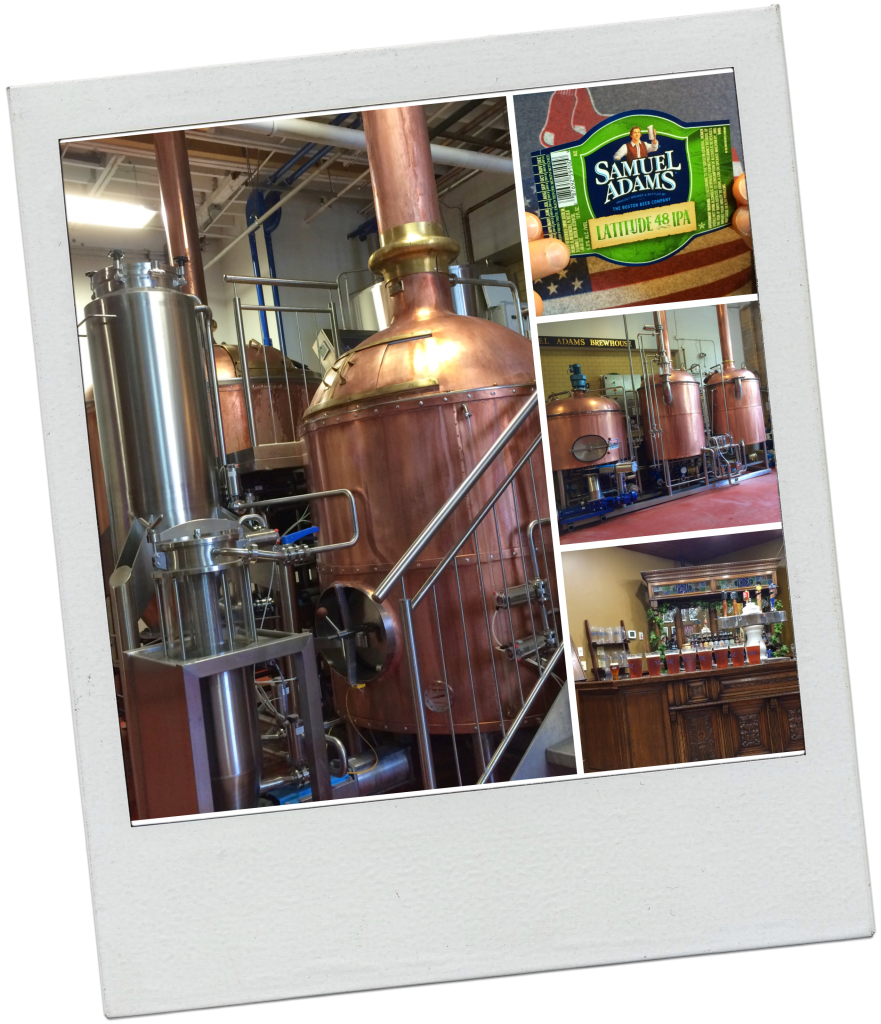
The tour began with an overview of the history of beer, which people have been brewing since the days of ancient Mesopotamia.
The beer family tree has 2 branches: Ale and Lager.
Lagers ferment from the bottom at cool temperatures. Ales ferment from the top at warm temperatures. Ales and Lagers use different types of yeasts.
You only need 4 ingredients to brew beer: water, malt, hops, and yeast.
The guide allowed everyone to sample 3 varieties of malted grains. Malt serves as the main ingredient in Grape Fruits cereal, in case this helps you think about what it tastes like.
Tasting the malt helped me understand why beer tastes like it does, just as rubbing the dried hops between my hands taught me why beer smells the way it does.
After the history and taste lessons, the guide brought my group into the brewing room and explained how the brewers mash, boil, and ferment the ingredients into beer.
From the brewery, my group entered the tasting room where our guide gave us a free Samuel Adams beer tasting glass and instructed us on how to properly taste beer.
Conclusion
If you happen to be in Boston and want something to do that is fun, historical, and unrelated to the Freedom Trail, I suggest you look into the Samuel Adams Brewery tour.
The Samuel Adams Brewery has many guides that will entertain you while they teach you about one of the world’s oldest beverages: beer.
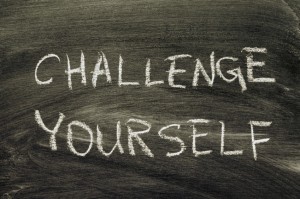 1 local list item down, 22 more to go…
1 local list item down, 22 more to go…
How Are You Doing With Your Challenge?
What places have you visited or what experiences have you had thus far?






